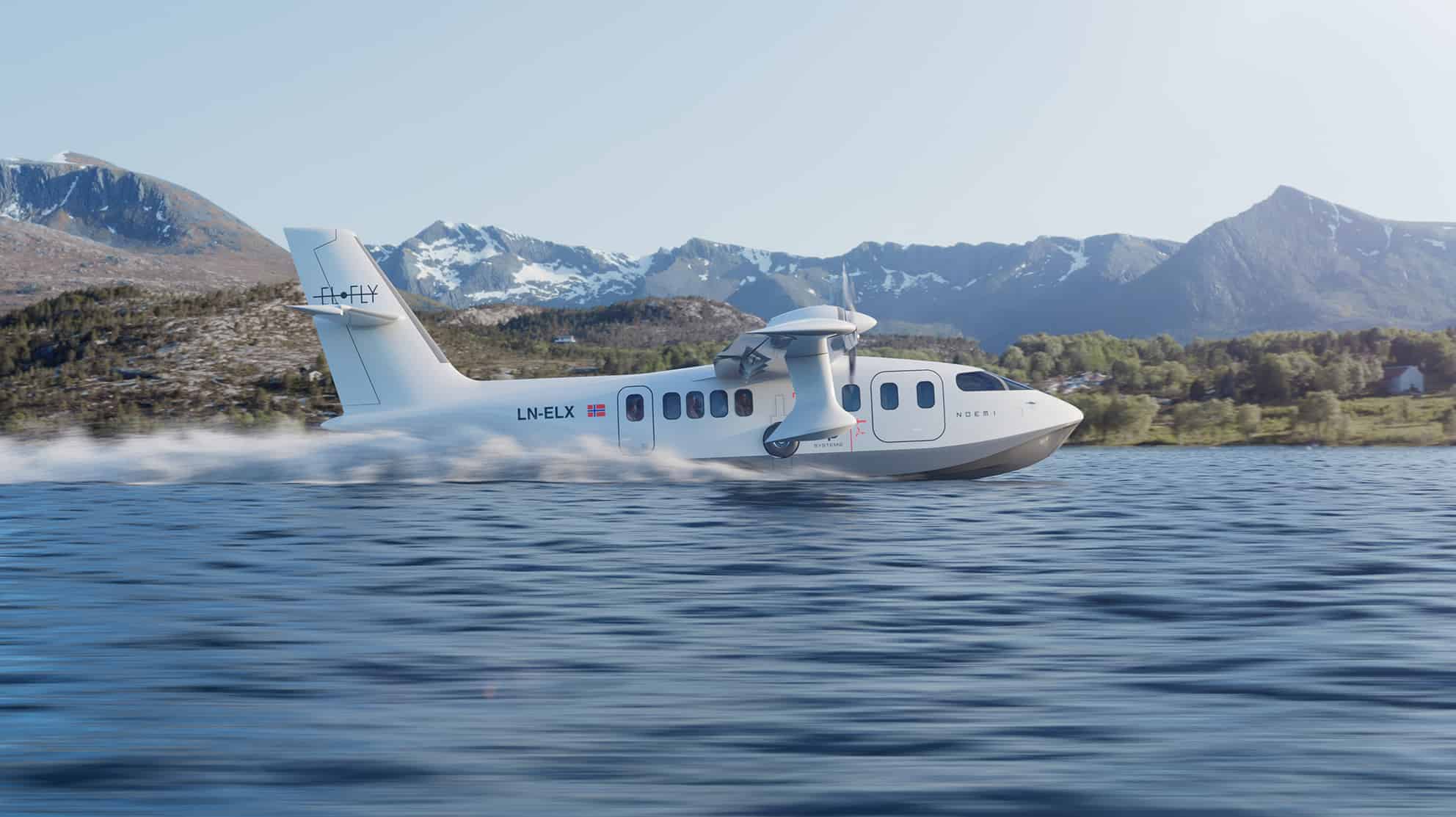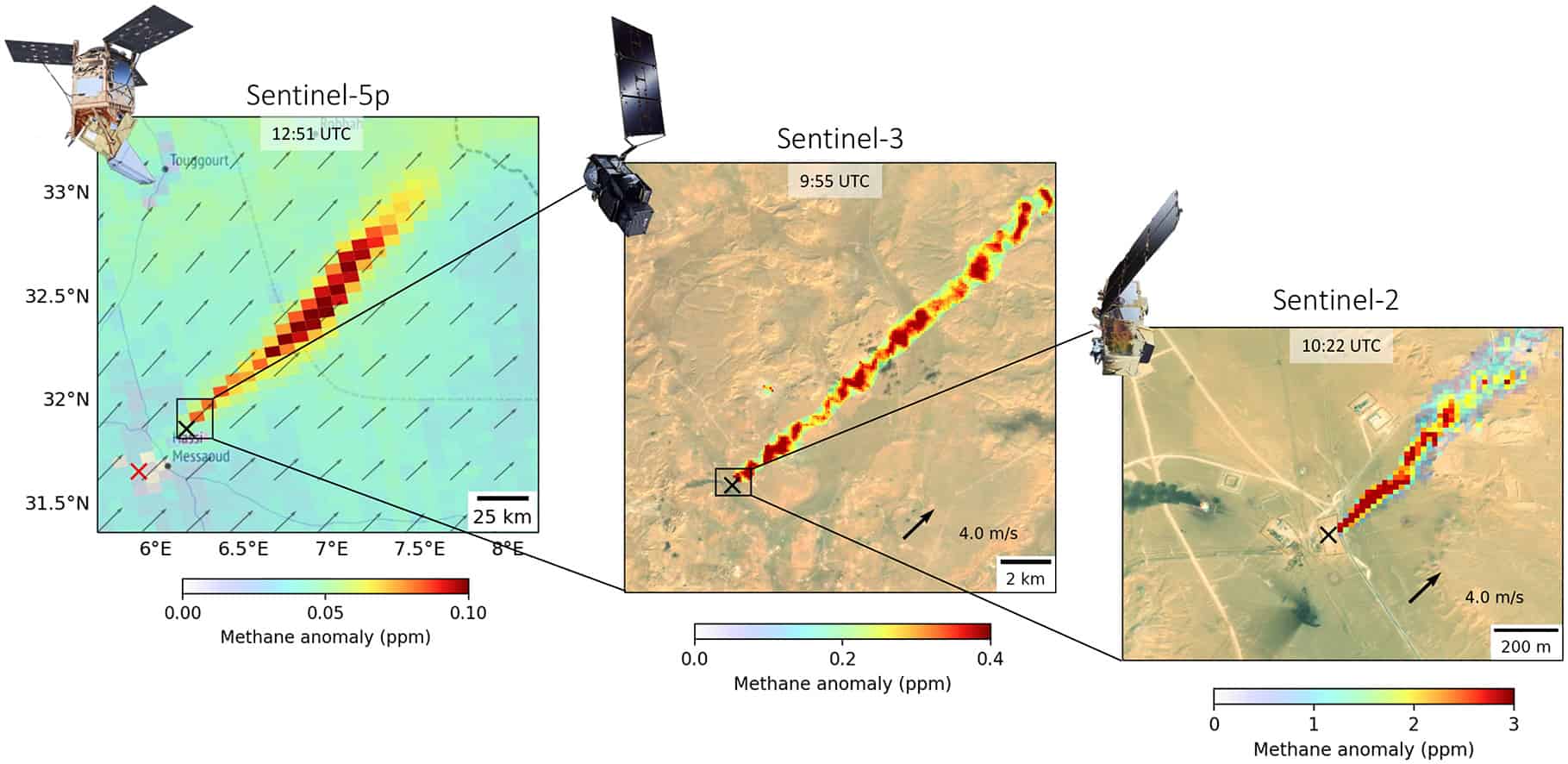
Everybody is familiar with the white condensation trails that planes leave in the air on beautiful days. Most people like them, but what few people know is that these aircraft tracks, or contrails, contribute almost as much to global warming as the CO2 emitted by airplanes.
But fortunately there is hope for a rapid reduction of this greenhouse effect. A study led by the Imperial College of London shows that a relatively small change in altitude can drastically reduce the harmfulness of contrails. The Imperial College used data from Japan for its research and came to the following conclusion: “Adjusting the altitude of a limited number of flights by less than 2% or 2000 feet (610 meters) can reduce the climate effect by 59%.”

The height can be adjusted up or down. What is important is to avoid certain very humid layers of air.
When flying with cleaner aircraft engines which emit fewer soot particles, the damage of contrails can even be reduced by 90%. “According to our calculations, changing the altitude of a small number of flights could significantly reduce the climate effects of airplane contrails. This new method could very quickly reduce the overall climate impact of the aviation industry,” says Chief Researcher Marc Stettler of the Imperial College’s Department of Civil and Environmental Engineering.
The research results were published in Environmental Science & Technology.
How do aircraft stripes arise?
There is a lot of water vapor and soot particles in the hot exhaust fumes of aircraft. Because it is very cold at high altitude, this mix condenses and freezes and cloud formation takes place, which is visible from the earth.
Most contrails last only a few minutes, but some spread out and mix with other contrails and so-called cirrus clouds, also known as wind springs, which can remain in the air for up to eighteen hours. Previous research has shown that these clouds have the same warming effect as the CO2 emitted by airplanes. This is due to an effect known in physics as radiation forcing.
Advantage of contrails
The advantage of contrails is that it is a one-time effect. After the clouds have dissolved after 5, 10 or 18 hours, the climate warming effect is also gone. This is in contrast to CO2, which can remain in the atmosphere for thousands of years. Therefore, according to the researchers, reducing contrails would also achieve a rapid gain for the climate. The only disadvantage of changing the altitude is that the fuel consumption increases slightly, as do CO2 emissions. But according to the researchers, this is marginal and can easily be absorbed with better engines and/or other fuel.







